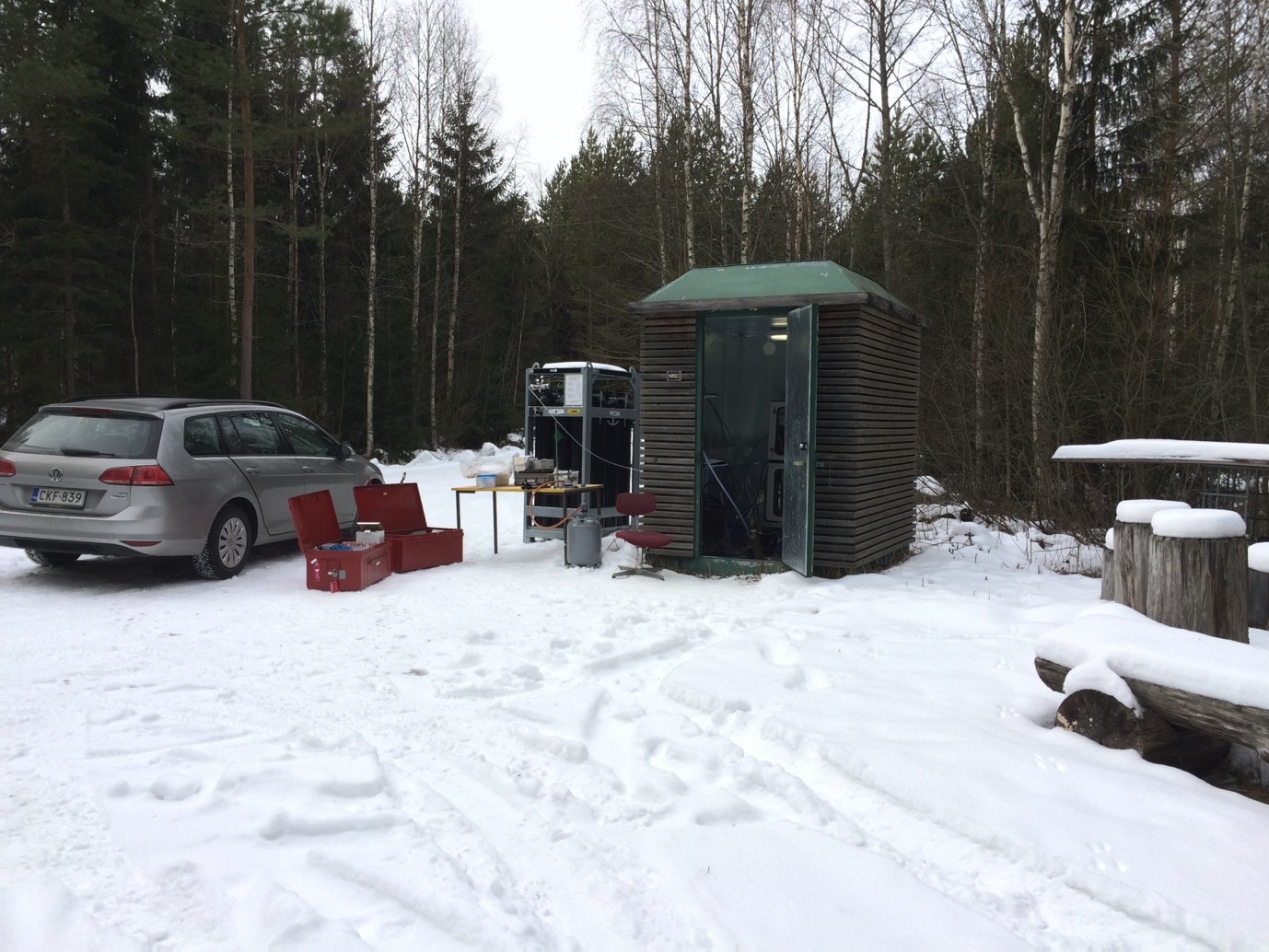
The deep subsurface is the largest microbial habitat on the planet hosting a large fraction of all microorganisms on Earth, yet it remains poorly understood. In particular, little is known about the metabolic function of deep ecosystems and how microorganisms get energy. Subsurface-dwelling microorganisms are adapted to life underground; they survive without oxygen or light often under nutrient-poor conditions. These microorganisms are phylogenetically different to most cultured taxa, and can represent novel lineages with novel metabolic capabilities. At EML, we are investigating microbial metabolic processes in the terrestrial deep subsurface of the Fennoscandian Shield, and how these processes contribute to biogeochemical cycling. The Fennoscandian Shield will host deep geological repositories for nuclear waste planned in Finland and Sweden. An understanding of the metabolic processes occurring here is therefore critical due to the potential for accelerated corrosion of copper canisters holding nuclear fuel rods by microbially produced sulfide. To determine these processes, we are using complementary approaches to uncover the metagenome, the metaproteome and the associated single cell genome. This biological information is combined with geochemical and isotopic analyses to build a complete metabolic model in the deep subsurface of the Fennoscandian Shield from the single cell to the community level. Field site, Finland People: Emma Bell (post-doc) |